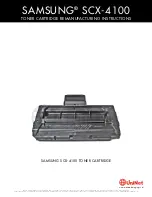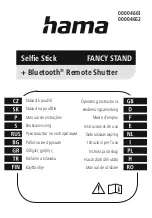
How it works
⚫
43
How it works
Sensing soils and substrates
The WET150’s operation is based around the concept of
sensing electrical impedance around its pins. A short burst of a
100MHz signal is applied to the pins forming an electromagnetic
field around them. The electrical loading that the soil or
substrate places upon the pins is digitally sampled by amplitude
and phase detector circuits giving simultaneous measurements
of real and imaginary impedance. The processor in the WET150
then calculates the dielectric properties of the soil or substrate
from these impedance measurements to give:
Real permittivity
Ɛ′
(unitless)
Bulk electrical conductivity
EC
b
(default units mS.m
-1
)
Along with temperature (T, default units °C), these three
measurements form the native WET150 outputs which can be
logged directly or used in further calculations.
It is possible to calculate the water content of any soil or
substrate from its permittivity value, provided that certain
composition properties of the soil or substrate are known.
Permittivity and soil composition
Soils are typically composed of several materials mixed together
in varying quantities, examples include sand, organic particles,
water, stones and air. Electromagnetic fields interact differently
with each of these individual materials.
In physics, comparison measurements can be made between
how an electromagnetic field interacts with a material and how
the same electromagnetic field interacts with a perfect vacuum.
The response in a perfect vacuum is taken as the reference and
















































